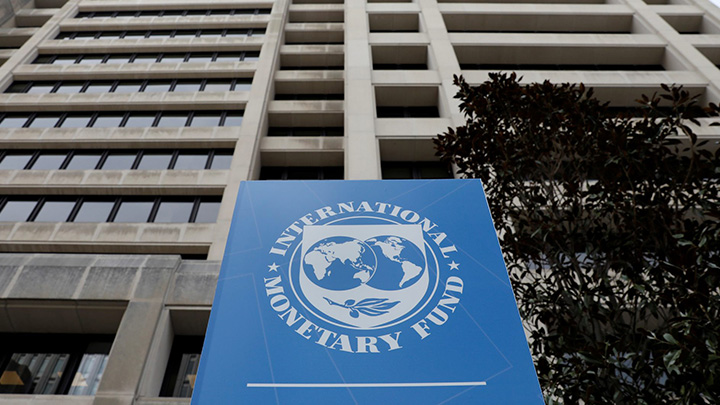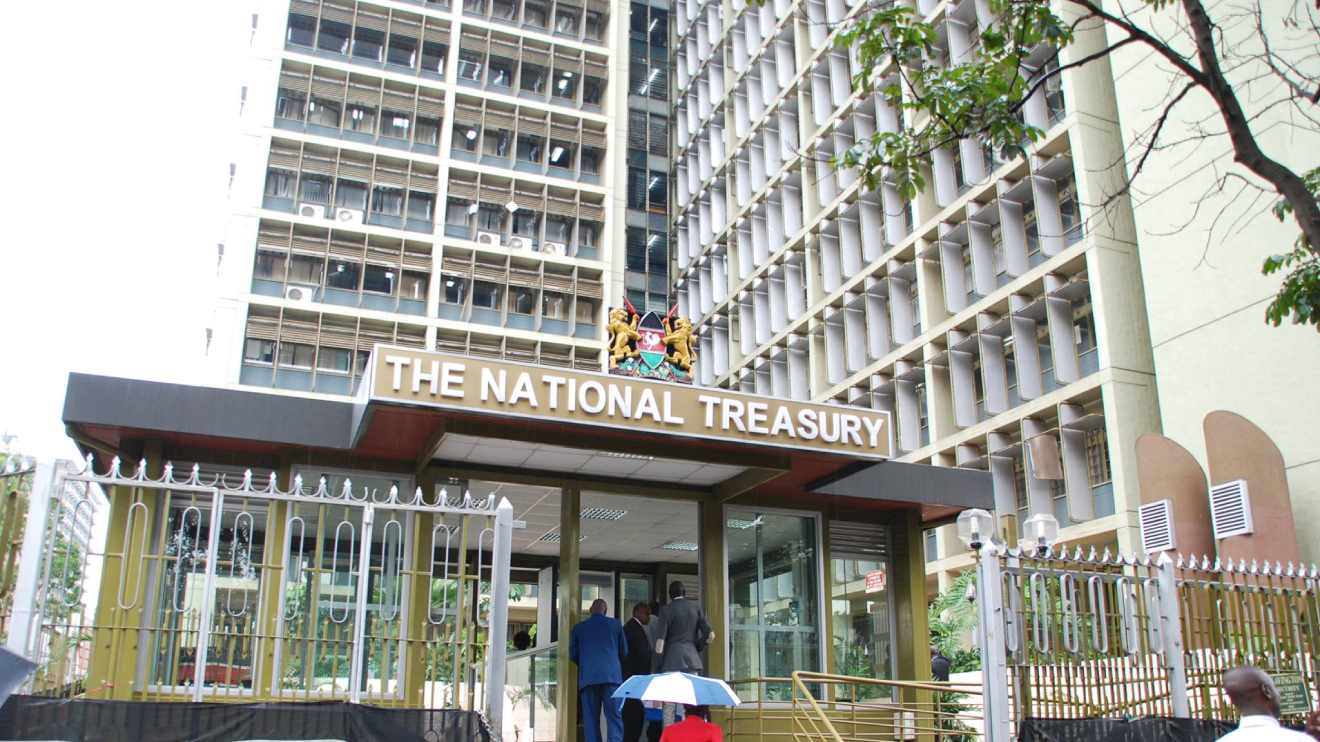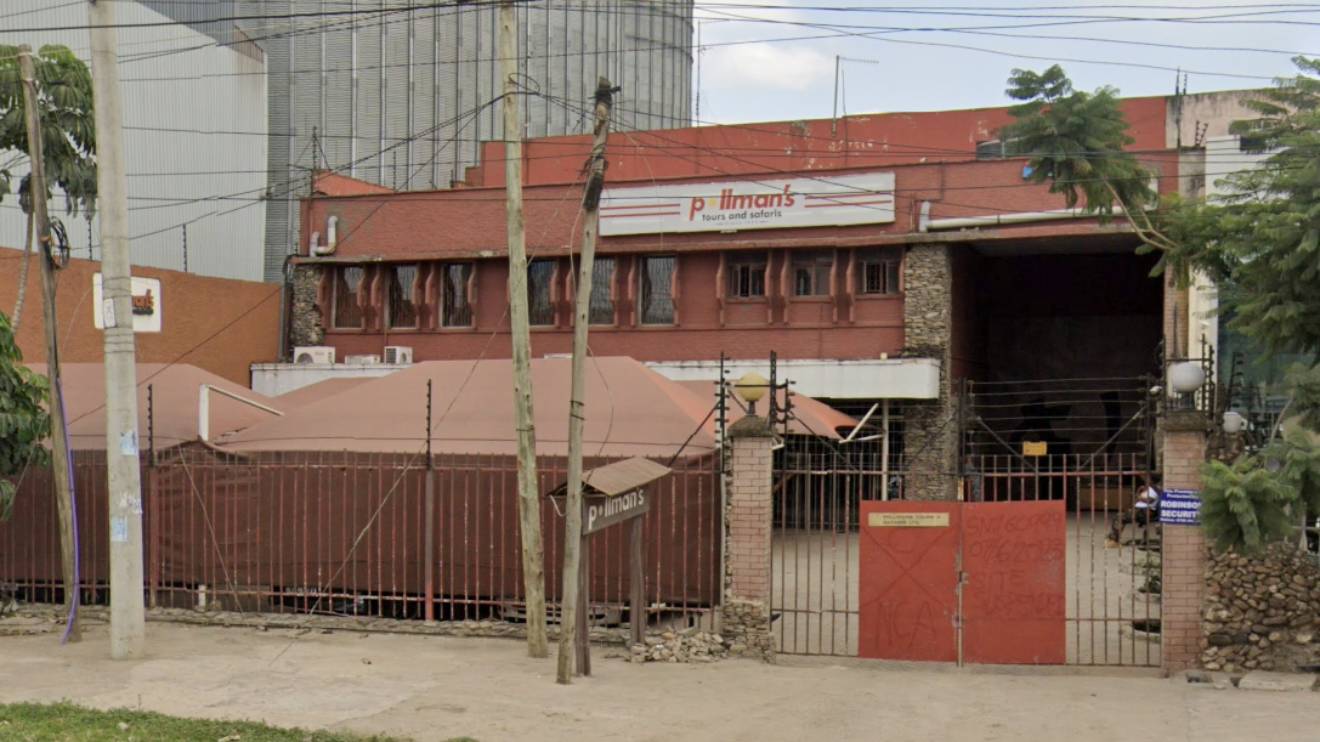The International Monetary Fund (IMF) is preparing to scrutinise Kenya’s debt profile through a formal debt sustainability analysis, a critical step in determining whether the country remains eligible for future financial assistance.
At the heart of the review lies a pressing concern: Kenya must raise at least Sh3.36 trillion over the next ten years to service maturing loans, while also allocating upwards of Sh193.5 billion annually to cover interest payments on its external debt.
The IMF’s debt sustainability analysis is not a mere formality. It will shape the institution’s decision on whether to grant Kenya a new financial arrangement — a possibility that surfaced in March 2025 when the IMF's mission chief, Haimanot Teferra, disclosed: "The IMF has received a formal request for a new program from the Kenyan authorities and will engage with them going forward."
Teferra did not confirm the nature of the proposed arrangement — whether it would be a lending programme or not.
What is certain, however, is that the IMF executive board will only meet to deliberate Kenya’s request once the debt review is complete.
Read More
The move comes at a time when Treasury’s budget projections have conspicuously excluded IMF loans, hinting at a possible pivot in Kenya’s fiscal strategy after previously missing revenue targets.
These shortfalls were compounded in 2023 and 2024 by widespread resistance to new tax measures introduced through the Finance Bill, which sparked nationwide protests.
The shift away from reliance on IMF funds, at least on paper, may signal a recalibration of expectations within Treasury.
Yet, the burden of debt remains heavy — and the IMF review is expected to heavily influence whether the country’s fiscal plans are grounded in realistic repayment capabilities.
Adding another layer of complexity, the IMF is also launching an independent inquiry into the impact of corruption on Kenya’s public finances.
That probe is scheduled to begin in June 2025, reflecting growing concern over governance issues that continue to erode state resources.
Meanwhile, Treasury Cabinet Secretary John Mbadi sought to dispel growing fears about the nation’s financial health.
He insisted that Kenya's fiscal recovery path remains viable and long-term targets are within reach.
"Despite the struggles, Kenya was on course to become debt free by 2032," he stated, rejecting claims that debt had crippled the economy.
With Kenya’s fiscal credibility under the microscope and a demanding loan repayment calendar looming, the IMF’s findings in the coming months could shape the country’s economic trajectory well into the next decade.
Whether the IMF sees the glass half full or half empty remains to be seen — but for now, Kenya’s books are wide open.








